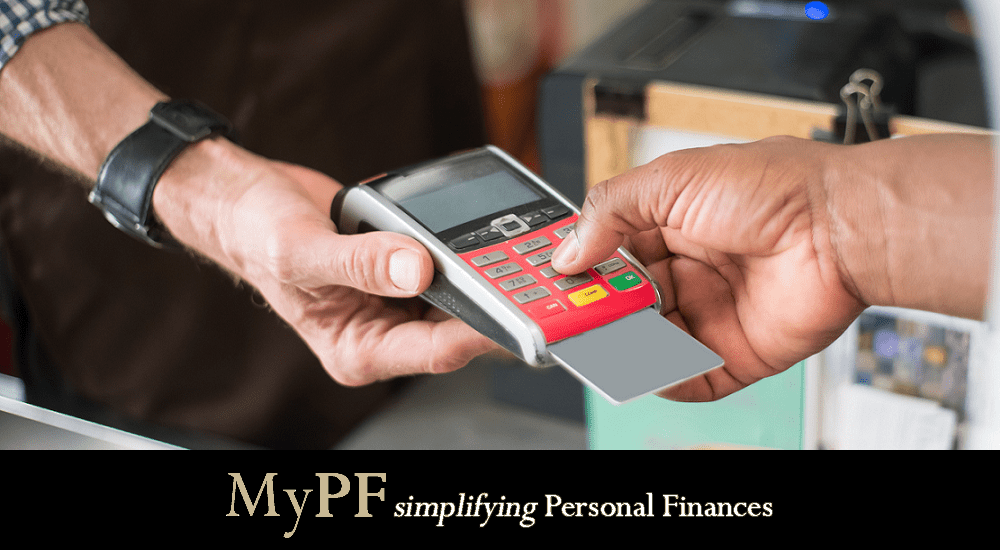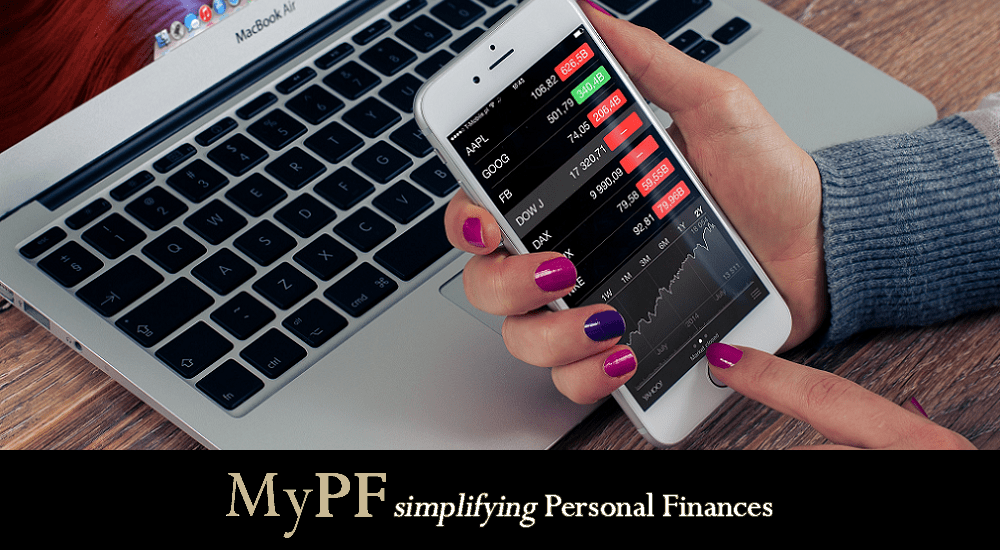Technology in the financial sector is paving the way for individuals for a better fiscal future.
Things have changed considerably in financial infrastructures worldwide in the past decade. Malaysia is no exception to this long-term trend. For one, virtually all banks extend digital options to facilitate remote account management, significantly reducing the necessity of a physical presence at the bank’s premises.
The emergence of digital-only banks armed with Fintech solutions providers further revolutionized the banking sector, with the pandemic expediting a mass adoption of digital banking, thus creating a compelling forced adoption effect.
This concurrently means a lot of things for personal finance, with more significant strides for convenience and cashless/touchless payment methods, along with changing behavior among Malaysian consumers. Here are just a few sweeping changes by digital banking and fintech about revolutionizing personal finance in Malaysia.
Contents
Fintech’s Impact on Malaysia’s Financial Landscape
Many banks have integrated various services into the Malaysian financial system as part of their business plans in response to recent technological improvements.
In response to increased competition, many banks have chosen to digitalize their current operations by utilizing technologies like artificial intelligence, cloud solutions, analytics, and machine learning, with many of these cutting-edge innovations being developed by fintech companies.
In 2021, the digital banking industry in Malaysia achieved a noteworthy milestone with the release of the Exposure Draft on Licensing Framework for Digital Banks by Bank Negara Malaysia (BNM), the country’s central bank.
With this move, the banking sector in the nation saw a significant upheaval, establishing Malaysia alongside Singapore as a leader in Southeast Asia. The growth of Malaysia’s digital financial services ecosystem was expedited in April 2022 when BNM issued five licenses for digital banking.
Traction for Digital Banking
It’s clear there’s a much greater awareness of digital banking in Malaysia, and there is a fair amount of customer interest leading to expectations for substantial growth. Four out of ten customers say they would be open to switching to digital banks as their primary financial institution, even if traditional banks are still the preferred option for core banking services.
The allure of digital banking is its 24/7 accessibility and ease of use. Customers are more open to using current banks that offer exclusive digital banking services, even though they are open to investigating alternative providers. Peer-to-peer transfers and bill payment are two primary services digital banks provide to attract customers.
During the global financial crisis, pioneers in the fintech industry saw how important it was to respond to people’s worries about wanting to handle their finances more efficiently.
In response, fintech systems offered intuitive ways to track accounts, prevent unforeseen costs, and help make well-informed financial decisions. These platforms enable users to take charge of their economic well-being by providing access to extensive financial information.
Digital Payments – A Natural Inclination Post-Covid
Especially as the COVID-19 pandemic began, digital payments have been more popular, with customers choosing contactless cards, mobile wallets, and payment cards for online retailers. More and more people are choosing cashless payments due to convenience, transaction security, and the need to be healthy.
The economic downturn brought on by the pandemic and employment losses made it difficult for people and micro, small, and medium-sized businesses (MSMEs) to get funding from conventional lenders.
Due to loan defaults and moratoriums (as was the case in Malaysia), banks could not give fresh credit facilities. As a result, fintech providers rose to the occasion, saving both the general public and struggling companies.
Digital bank accounts are especially advantageous for lower-income individuals because they don’t require a physical presence and can be up to 90% less expensive than regular bank accounts. Digital finance channels also impact policymakers and the government by supporting economic stimulus programs.
Despite the benefits, banks find it challenging to deal with the new consumer behavior in several areas of digital banking compliance due to the strain of increasing demand and digital banking. Banks must overcome the difficulty of delivering a fast network and enabling consumer agility on their digital platforms when swift customer service is the top priority.
The growing use of digital banking for client convenience has also increased the risk of financial transaction fraud, which exposes institutions and customers to fraudsters. Banks are making an effort to educate their clientele on the kind of risks they may encounter.
Leveraging Fintech
On a personal level, integrating fintech solutions can be a game-changer, providing individuals with powerful tools to take control of their financial well-being. This includes:
#1. Budgeting Apps
A practical approach for monitoring earnings, spending, and savings objectives. Financial apps offer individualized financial advice, set budget limitations, and real-time insights into spending trends. It is simple for users to classify their spending, find areas where they may save money, and monitor their financial objectives.
#2. Investment Platforms
Fintech has made it easier for people to access investing opportunities. Robo-advisors generate automatic investment recommendations based on the client’s risk tolerance and financial objectives.
Investment platforms like Raiz or Stashaway also make it simple for customers to purchase options like exchange-traded funds. Using these systems to track investment portfolios can help promote long-term financial progress.
#3. Digital Wallets and Payment Apps
Services like PayPal, Venmo, and Google Pay provide secure and efficient ways to send and receive money. Utilizing these platforms streamlines day-to-day financial activities and enhances overall financial control.
The Regulatory Environment
While no specific legislation governs the FinTech sector, FinTech companies remain subject to the existing legislation and regulatory framework applicable to traditional financial services companies depending on the nature of activities undertaken and the products or services they offer.
As part of the ensemble of regulatory mechanisms in place, Fintech companies must abide by regulation under digital currencies and digital assets or other relevant facets like the e-KYC Policy.
As per the standard, the regulatory environment is overseen by institutions such as Bank Negara Malaysia (BNM) and the Securities Commission Malaysia and thus covers aspects like licensing and compliance, security vulnerabilities, and consumer protection. As technology in the country advances, we must stay informed on regulatory changes and developments.
Conclusion
Ultimately, the digital banking revolution has erupted into several ongoing narratives that pave the way for a brighter future. Fintech platforms are essential for helping consumers develop sound financial practices, make better decisions, and plan.
These platforms’ ease of use and accessibility make them essential tools for anyone seeking financial control over their life. At the same time, the development of raising stakes for digital finance in Southeast Asian countries like Malaysia means that we’re bound to see much more excellent traction for Fintech-led innovation shortly.
Either way, fintech empowers individuals to embrace digital banking tools for enhanced financial well-being.
Interested to know more about fintech? Let us know in the comments down below.











Leave A Comment